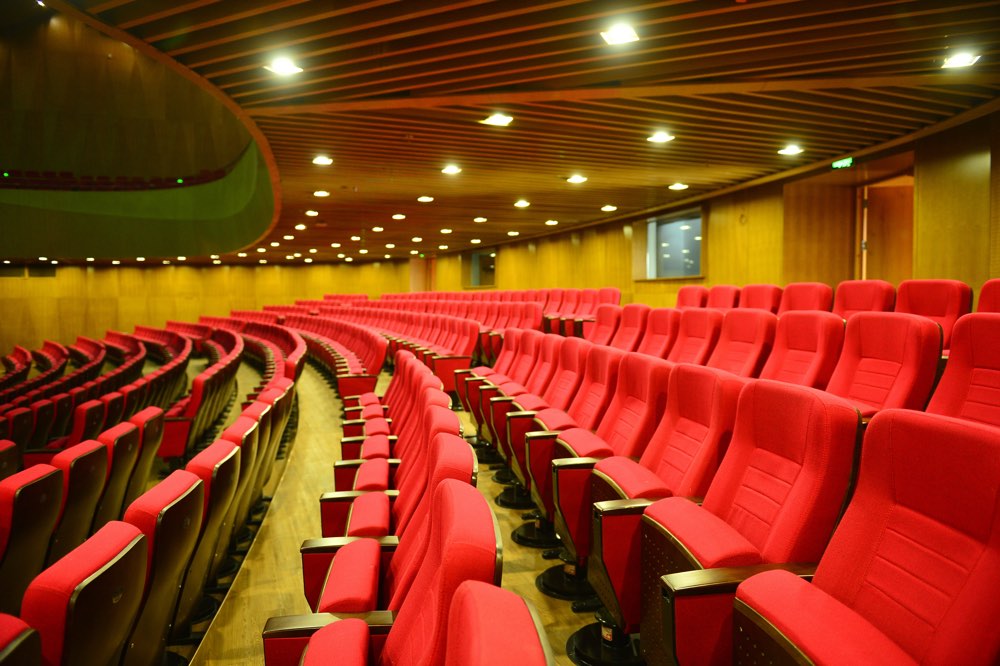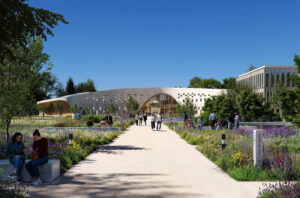Universities and other institutes of higher learning have been among the worst affected by the COVID-19 pandemic response with campuses closed, international student revenue smashed and thousands of job losses.
While in the early days of the pandemic the priority was switching students to online learning, most universities now accept that getting students safely back to campus, and in the classroom, is now the priority.
However, despite the best intentions of administrators, it is becoming obvious Australian business schools will not be moving as one when it comes to returning students to campus.
With Victoria’s worsening outbreak shutting down campuses again it is unlikely students will return to traditional in-class learning in the State this year. Meanwhile, in Queensland, students are enjoying the fruits of good government and an obedient population, with no community transmission and most students back on campus.
However, for those returning to campus, it is still an unfamiliar environment with tough restrictions.
Throughout the pandemic, AACSB International, the global association and assurance body for business schools, has tracked responses to the changes in learning around the world.
AACSB’s most recent survey focused on the ways the student experience will change in light of on-campus mitigation measures. Nearly 130 AACSB member schools participated in the survey, with a regional breakdown of 60 percent in the Americas, 21 percent in Asia Pacific, and 19 percent in Europe, the Middle East, and Africa (EMEA).
AACSB Research Manager Elliot Davis said the student experience will be changed in a variety of ways with the biggest change being that most students will not be taking all of their coursework (or any of it, in some cases) on a physical campus.
“Eighty-seven percent of respondents indicated that they will offer a mix of virtual and in-person learning,” he said. “The hybrid approach can take on a number of different forms, with some schools offering staggered (or rotating) schedules for students, others conducting only certain courses in person (such as those with small class sizes that allow for social distancing), and a wide variety of other arrangements that meet the schools’ various needs.
About 1 in 10 respondents indicated that they will offer only virtual/online learning options, leaving just two percent offering only face-to-face classes.
For schools offering at least some form of face-to-face learning, some measures for mitigating spread of the virus are nearly universal, such as boosting sanitation regimens, spacing desks apart, and requiring students and faculty to wear protective face masks.
| Mitigation Measure | Business schools Implementing |
| Increased cleaning and sanitation regimen | 90% |
| Student desks being spaced apart | 87% |
| Mandatory mask usage for students | 80% |
| Mandatory mask usage for faculty | 75% |
| Staggered/rotated scheduling to accommodate smaller class sizes | 67% |
| No sharing of in-class objects (such as classroom supplies) | 47% |
| Plexiglass separators between students | 13% |
SOURCE: AACSB
Online MBA Learning Concerns
The desire of business schools to develop mitigation strategies to get students back in the classroom as quickly as possible reflects a number of concerns about the quality of online learning.
While many students are choosing to do online MBA programs for their flexibility, many students still want the full in-class experience.
The AACSB survey found 58% of schools reported that their students were somewhat concerned, while 20 percent said their students are very concerned about networking opportunities. Concerns were most pronounced in the Americas, where 87 percent of respondents reported at least some level of concern (72 percent in Asia Pacific and a relatively low 50 percent in EMEA).
“Business schools are working actively to assuage these concerns by offering a bevy of virtually supported engagement options aimed at enhancing student networking,” Mr Davis said.
“Setting up virtual social events was commonly reported. Hosting virtual career fairs and corporate networking events was also commonly reported; many schools mentioned using video conference and chat applications with speakers from industry to continue engaging them with students on a regular basis.”
Students are also being encouraged to continue interacting with one another throughout the term using a variety of tools, including asynchronous messaging boards, learning management systems, chat and video conferencing applications, and others.







